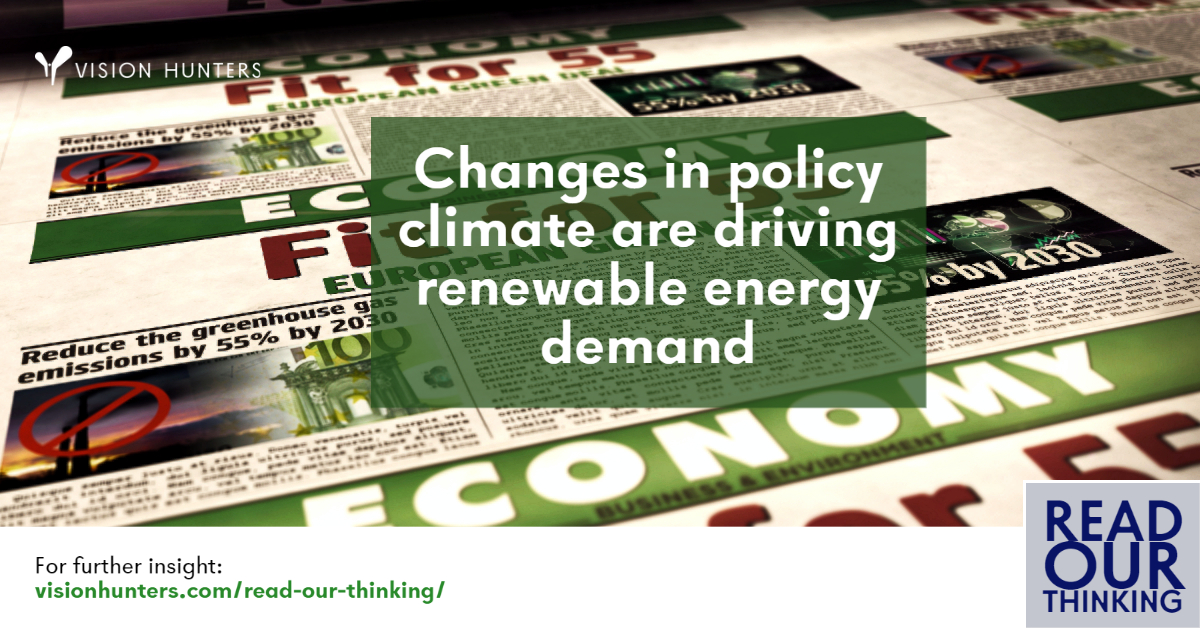In the last few years, the green transition, or the change from growth based on fossil fuels to growth based on green solutions, has ramped up considerably.
Forest residues are one of the most promising renewable feedstocks due to their availability, cost, and independence from the food industry. They can be converted into a variety of products, including biofuels, biochemicals, and biomaterials, which can replace the use of fossil fuels in the production of steel, chemicals, and transportation fuels
October 21, 2022
There are 3.5 million hectares of forests in Bayern and Nordhein-Westfalen regions, of which nearly one million is state-owned. The prices of wood-based raw materials have soared high, as the demand exceeds supply in all major markets while expansionary monetary policy is speeding up the inflation. States and companies must restructure to survive and build sustainable growth.
March 26, 2022
Forests are among the cornerstones in combating climate change and preserving biodiversity. The European Union has drawn new guidelines and set ambitious targets to ensure the sustainability of forestry activities. Despite being part of the same economical regime, the European countries differ in terms of economy, industry structure and wildlife habitats and therefore one size does not fit all.
December 15, 2021




